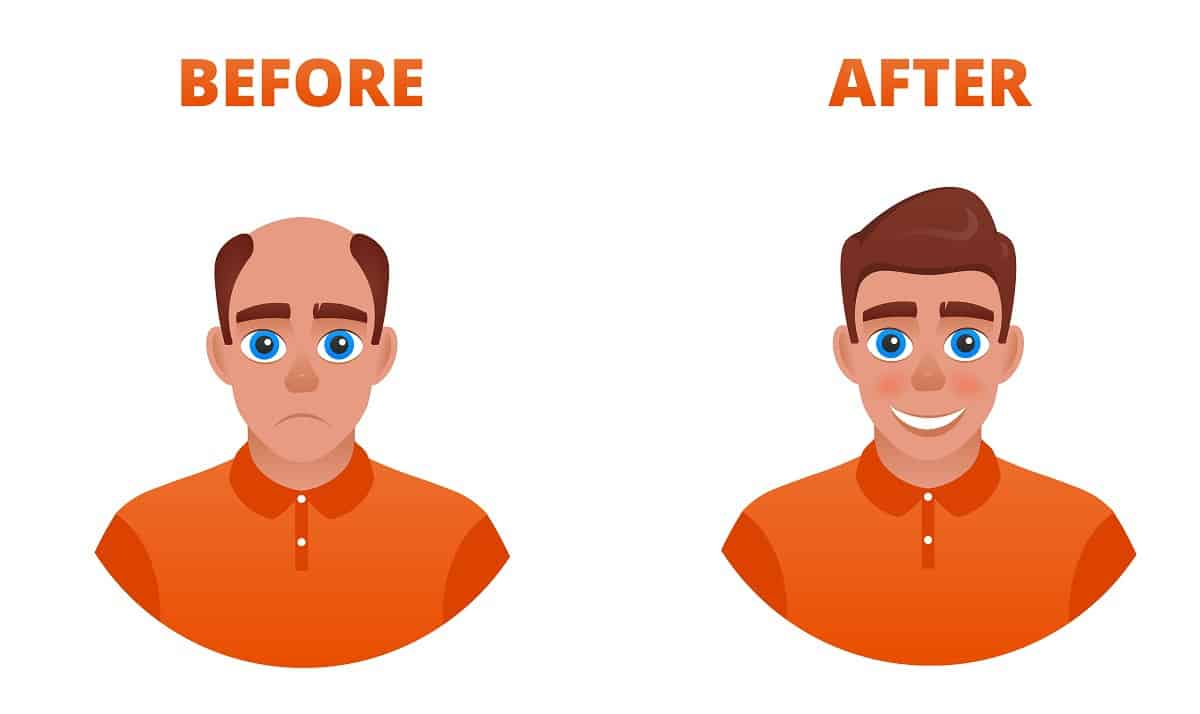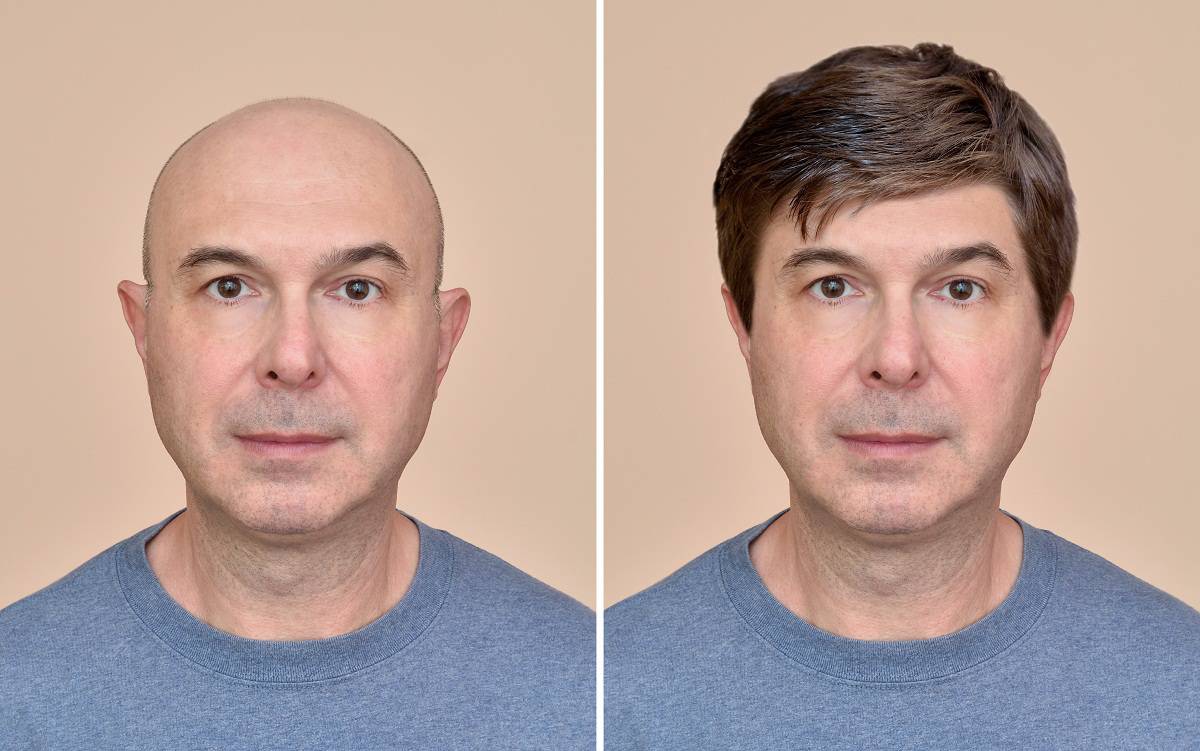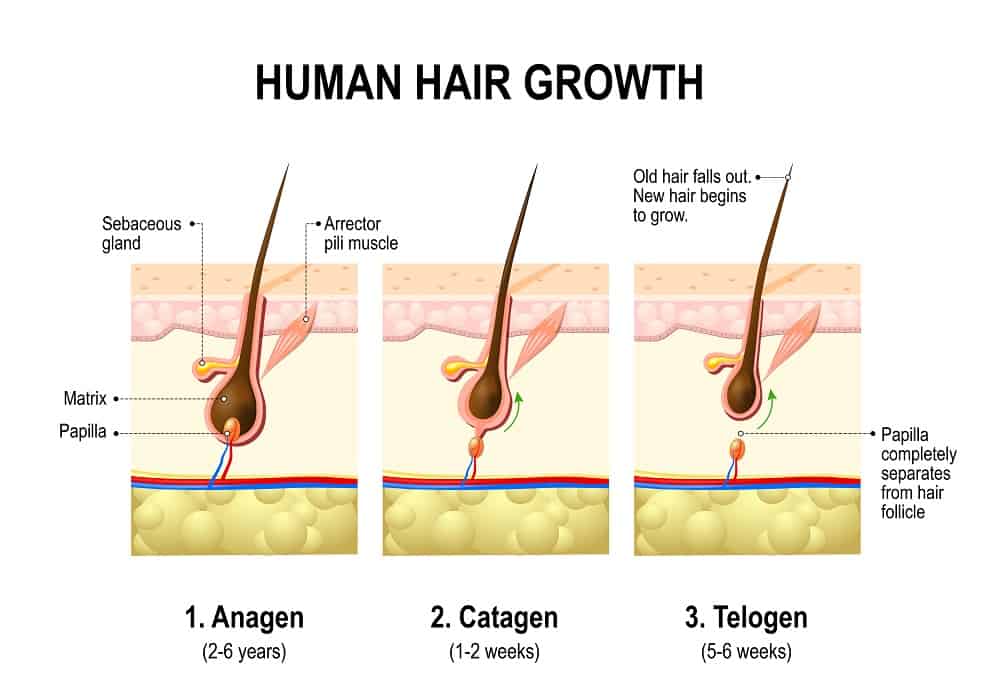6 Things To Know About Hair Bonding
Are you dealing with hair that is thin, lifeless or even hair loss? Hair bonding is the perfect hair system for bulking up your hair in a secure and safe way.
There is a lot of information involving the different techniques and types of bonding, so we’ve compiled the 6 most important things to know so that you’re fully informed.
What is Hair Bonding?

Hair bonding describes the process of securing hair extensions to the head to bond it to your natural hair and scalp. This non-surgical and safe technique adds volume to your hair where you need it most.
1. You should shave the bonding area.
This might sound intense, but shaving the area where you plan to secure the hair is the best approach. It not only makes the bond stronger, but it’s easier for the expert to attach it to your scalp and reduces itch and irritation when your hair grows in.
2. A weft extension is best.

A weft is a strip of cloth where all of the hair extensions are gathered in order to be secured to the head. Wefts are safe, easy to deal with, and give you some attachment versatility.
3. Try a silicon bond.
Silicon bonds provide a more permanent approach to hair that is suitable for virtually all hair types. With this technique, the balding portions are measured and then shaved by experts before finally being fixed with silicon bonding glue.
Both tape and liquid adhesive are popular methods for hair bonding. Factors like your hairline and skin sensitivity are important when deciding between the two. This list provides a perfect break-down to help you choose.
4. It’s affordable.
Hair transplants can cost anywhere from $4,000 to $15,000. Bonding, on the other hand, is much more affordable. A quality piece can cost several hundred dollars, but it should last for up to one year. Most salons charge for hair bonding what they would for a regular visit.



















